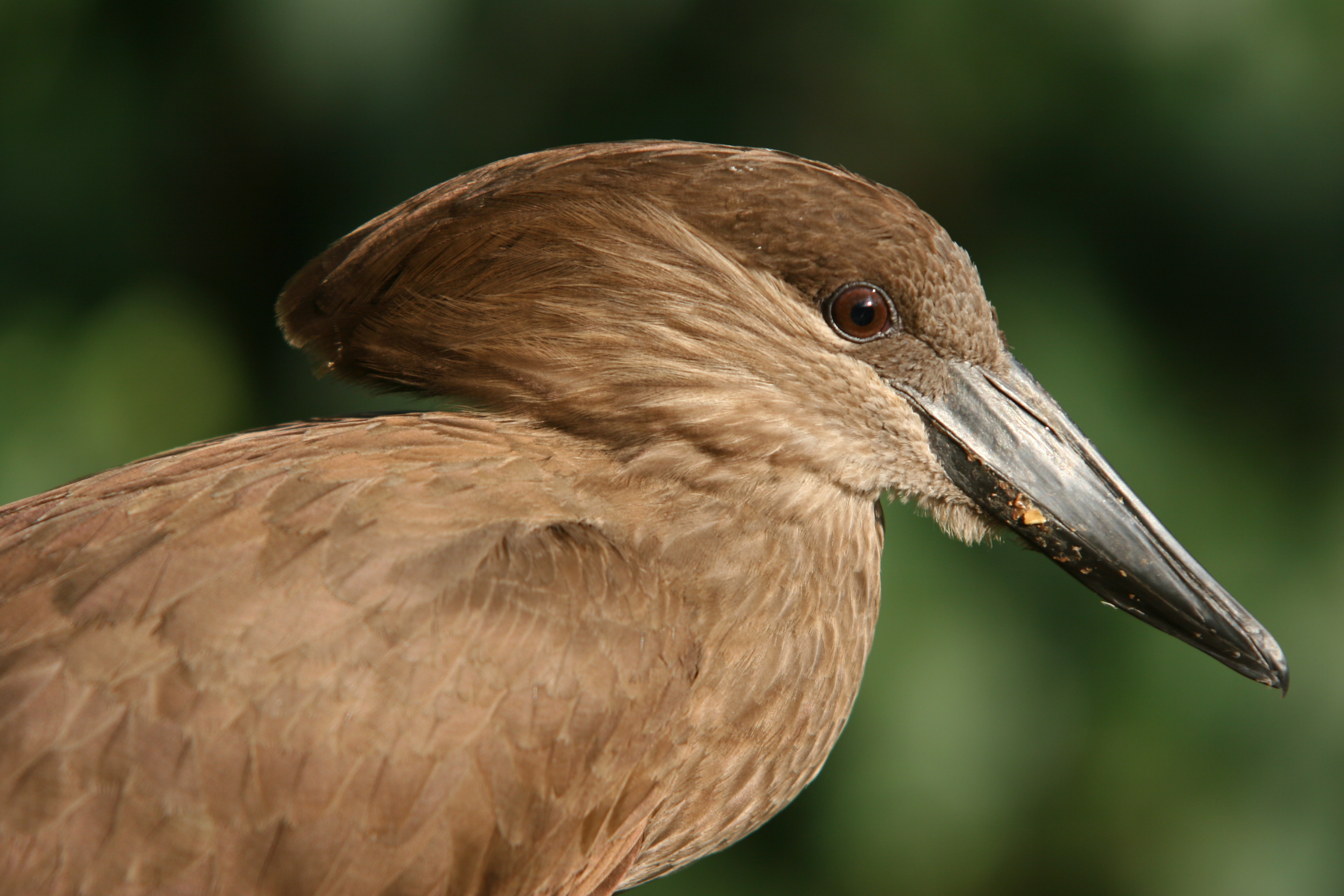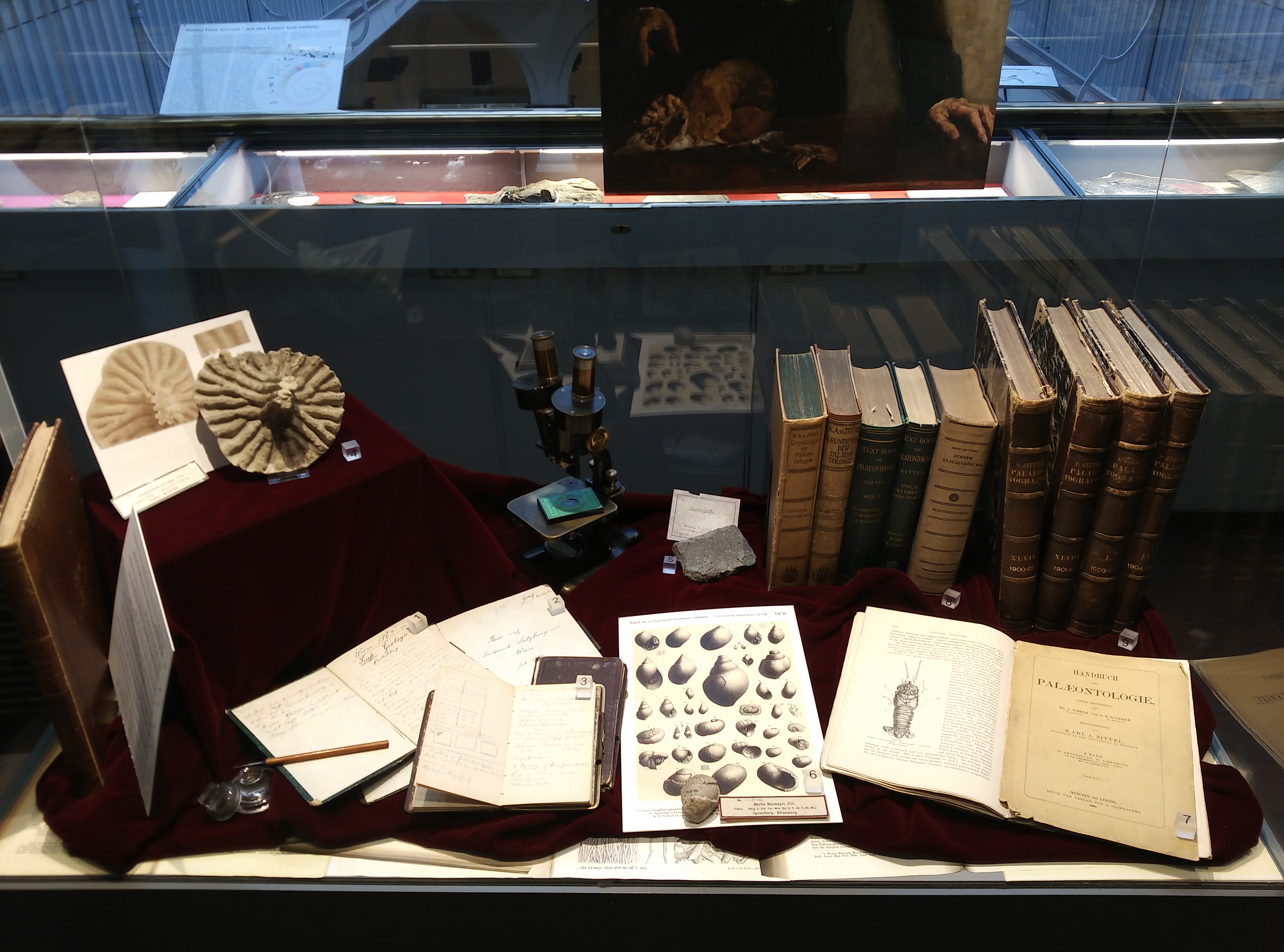|
Shoebill
The shoebill (''Balaeniceps rex''), also known as the whale-headed stork, and shoe-billed stork, is a large long-legged wading bird. It derives its name from its enormous shoe-shaped bill. It has a somewhat stork-like overall form and has previously been classified with the storks in the order Ciconiiformes based on this morphology. However, genetic evidence places it with pelicans and herons in the Pelecaniformes. The adult is mainly grey while the juveniles are more brown. It lives in tropical East Africa in large swamps from South Sudan to Zambia. Taxonomy The shoebill may have been known to Ancient Egyptians but was not classified until the 19th century, after skins and eventually live specimens were brought to Europe. John Gould very briefly described it in 1850 from the skin of a specimen collected on the upper White Nile by the English traveller Mansfield Parkyns. Gould provided a more detailed description in the following year. He placed the species in its own genus ... [...More Info...] [...Related Items...] OR: [Wikipedia] [Google] [Baidu] |
Pelecaniformes
The Pelecaniformes are an order of medium-sized and large waterbirds found worldwide. As traditionally (but erroneously) defined, they encompass all birds that have feet with all four toes webbed. Hence, they were formerly also known by such names as totipalmates or steganopodes. Under this obsolete definition, the Fregatidae (frigatebirds), Sulidae (gannets and boobies), Phalacrocoracidae (cormorants and shags), Anhingidae (darters), and Phaethontidae (tropicbirds) were included in the Pelecaniformes. Subsequent molecular and morphological studies indicate they are in fact not close relatives to "true" Pelecaniformes, and they are now placed in their own orders, Suliformes and Phaethontiformes, respectively. Pelecaniformes as currently defined comprise the pelicans, shoebill and hamerkop, which form a clade within the order (suborder Pelecani), along with herons ( Ardeidae) and ibises and spoonbills ( Threskiornithidae); the relationships between Pelecani and the othe ... [...More Info...] [...Related Items...] OR: [Wikipedia] [Google] [Baidu] |
Eremopezus
''Eremopezus'' is a prehistoric bird genus, possibly a palaeognath. It is known only from the fossil remains of a single species, the huge and presumably flightless ''Eremopezus eocaenus''. This was found in Upper Eocene Jebel Qatrani Formation deposits around the Qasr el Sagha escarpment, north of the Birket Qarun lake near Faiyum in Egypt. The rocks its fossils occur in were deposited in the Priabonian, with the oldest dating back to about 36 million years ago (Ma) and the youngest not less than about 33 Ma.Rasmussen ''et al.'' (1987, 2001) It is not precisely known from which strata the first few remains of this bird were collected. They were formerly considered of Early Oligocene age—some 33-30 Ma—but this is now assumed incorrect, as only the upper and not the entire Jebel Qatrani Formation is of Oligocene age. It is also possible that they are from the slightly older Qasr el Sagha Formation, but as both this and the Oligocene parts of the Jebel Qatrani Format ... [...More Info...] [...Related Items...] OR: [Wikipedia] [Google] [Baidu] |
Pelican
Pelicans (genus ''Pelecanus'') are a genus of large water birds that make up the family Pelecanidae. They are characterized by a long beak and a large throat pouch used for catching prey and draining water from the scooped-up contents before swallowing. They have predominantly pale plumage, except for the Brown pelican, brown and Peruvian pelicans. The bills, pouches, and bare facial skin of all pelicans become brightly coloured before the breeding season. The eight living pelican species have a patchy, seasonally-dependent yet global distribution, ranging latitude, latitudinally from the tropics to the temperate zone. Pelicans are absent from interior Amazon Rainforest, Amazonian South America, from polar regions and the open ocean; at least one species is known to migrate to the inland desert of Australia's Red Centre, after heavy rains create temporary lakes. White pelicans are also observed at the American state of Utah's Great Salt Lake, for example, some 600 miles (965&n ... [...More Info...] [...Related Items...] OR: [Wikipedia] [Google] [Baidu] |
Pairi Daiza
Pairi Daiza (; formerly Paradisio) is a privately owned zoo and botanical garden located in Brugelette, Hainaut, Belgium. The large animal theme park is located on the site of the former Cistercian Cambron Abbey, and is home to over 7,000 animals. The name is taken from the Avestan word ''pairi daēza'', which is the source of the Persian word paradise. Pairi Daiza is owned and operated by Pairi Daiza Belgium SA, a limited company previously listed on NYSE Alternext Brussels (code: PARD). It is a member of the European Association of Zoos and Aquaria (EAZA), and participates in the European Endangered Species Programme (EEP). History In 1148, Bernard, Abbot of Clairvaux (later Saint Bernard), sent twelve Cistercian monks to Cambron at the invitation of Anselm of Trazegnies, who had offered them land at the edge of the river Dender. After the abbey was dissolved, the family of the counts of the Val de Beaulieu purchased the property and built a castle, which remained in ... [...More Info...] [...Related Items...] OR: [Wikipedia] [Google] [Baidu] |
Goliathia
''Goliathia'' is an extinct genus of bird from the Early Oligocene. The holotype is an ulna recovered from lower beds of the Jebel Qatrani Formation in Faiyum Governorate, Egypt. Initially thought to be a heron, an additional bone, a tarsometatarsus, showed this bird to be closely related to the living shoebill. Its full name is ''Goliathia andrewsii'', but may be closely related enough to be classed within the same genus as the living species. The ancient habitat was likely a thickly vegetated freshwater swamp A swamp is a forested wetland.Keddy, P.A. 2010. Wetland Ecology: Principles and Conservation (2nd edition). Cambridge University Press, Cambridge, UK. 497 p. Swamps are considered to be transition zones because both land and water play a role in ..., with this species and a fossil jacana, as well as lungfish and catfish recovered from it. The Goliathia Andrewsii likely ate lungfish and catfish. New studies show that the Goliathia Andrewsii may have reached size ... [...More Info...] [...Related Items...] OR: [Wikipedia] [Google] [Baidu] |
Culmen (bird)
The beak, bill, or Rostrum (anatomy), rostrum is an external anatomical structure found mostly in birds, but also in turtles, non-avian dinosaurs and a few mammals. A beak is used for pecking, wikt:grasp#Verb, grasping, and holding (in wikt:probe#Verb, probing for food, eating, manipulating and carrying objects, predation, killing prey, or fighting), preening, Courtship in animals, courtship, and feeding young. The terms ''beak'' and ''Rostrum (anatomy), rostrum'' are also used to refer to a similar mouth part in some ornithischians, pterosaurs, cetaceans, dicynodonts, rhynchosaurs, anuran tadpoles, monotremes (i.e. echidnas and platypuses, which have a bill-like structure), Sirenidae, sirens, Tetraodontidae, pufferfish, billfishes, and Cephalopod beak, cephalopods. Although beaks vary significantly in size, shape, color and texture, they share a similar underlying structure. Two bony projections–the upper and lower mandibles–are covered with a thin keratinized layer of epider ... [...More Info...] [...Related Items...] OR: [Wikipedia] [Google] [Baidu] |
Beak
The beak, bill, or rostrum is an external anatomical structure found mostly in birds, but also in turtles, non-avian dinosaurs and a few mammals. A beak is used for pecking, grasping, and holding (in probing for food, eating, manipulating and carrying objects, killing prey, or fighting), preening, courtship, and feeding young. The terms ''beak'' and '' rostrum'' are also used to refer to a similar mouth part in some ornithischians, pterosaurs, cetaceans, dicynodonts, rhynchosaurs, anuran tadpoles, monotremes (i.e. echidnas and platypuses, which have a bill-like structure), sirens, pufferfish, billfishes, and cephalopods. Although beaks vary significantly in size, shape, color and texture, they share a similar underlying structure. Two bony projections–the upper and lower mandibles–are covered with a thin keratinized layer of epidermis known as the rhamphotheca. In most species, two holes called ''nares'' lead to the respiratory system. Etymology Although the wo ... [...More Info...] [...Related Items...] OR: [Wikipedia] [Google] [Baidu] |
Palaeontology (journal)
''Palaeontology'' is one of the two scientific journals of the Palaeontological Association (the other being '' Papers in Palaeontology''). It was established in 1957 and is published on behalf of the Association by Wiley-Blackwell. The editor-in-chief is Dr Paul Taylor (Natural History Museum, London). ''Palaeontology'' publishes articles on a range of palaeontological topics, including taphonomy, functional morphology, systematics, palaeo-environmental reconstruction and biostratigraphy. According to the ''Journal Citation Reports'', the journal has a 2021 impact factor The impact factor (IF) or journal impact factor (JIF) of an academic journal is a type of journal ranking. Journals with higher impact factor values are considered more prestigious or important within their field. The Impact Factor of a journa ... of 3.547, ranking it 3rd out of 54 journals in the category "Paleontology". References External links * Paleontology journals Academic journals establi ... [...More Info...] [...Related Items...] OR: [Wikipedia] [Google] [Baidu] |
Tunisia
Tunisia, officially the Republic of Tunisia, is a country in the Maghreb region of North Africa. It is bordered by Algeria to the west and southwest, Libya to the southeast, and the Mediterranean Sea to the north and east. Tunisia also shares maritime borders with Italy through the islands of Sicily and Sardinia to the north and Malta to the east. It features the archaeological sites of Carthage dating back to the 9th century BC, as well as the Great Mosque of Kairouan. Known for its ancient architecture, Souks of Tunis, souks, and blue coasts, it covers , and has a population of 12.1 million. It contains the eastern end of the Atlas Mountains and the northern reaches of the Sahara desert; much of its remaining territory is arable land. Its of coastline includes the African conjunction of the western and eastern parts of the Mediterranean Basin. Tunisia is home to Africa's northernmost point, Cape Angela. Located on the northeastern coast, Tunis is the capital and List of cities ... [...More Info...] [...Related Items...] OR: [Wikipedia] [Google] [Baidu] |
Pakistan
Pakistan, officially the Islamic Republic of Pakistan, is a country in South Asia. It is the List of countries and dependencies by population, fifth-most populous country, with a population of over 241.5 million, having the Islam by country#Countries, second-largest Muslim population as of 2023. Islamabad is the nation's capital, while Karachi is List of cities in Pakistan by population, its largest city and financial centre. Pakistan is the List of countries and dependencies by area, 33rd-largest country by area. Bounded by the Arabian Sea on the south, the Gulf of Oman on the southwest, and the Sir Creek on the southeast, it shares land borders with India to the east; Afghanistan to the west; Iran to the southwest; and China to the northeast. It shares a maritime border with Oman in the Gulf of Oman, and is separated from Tajikistan in the northwest by Afghanistan's narrow Wakhan Corridor. Pakistan is the site of History of Pakistan, several ancient cultures, including the ... [...More Info...] [...Related Items...] OR: [Wikipedia] [Google] [Baidu] |




